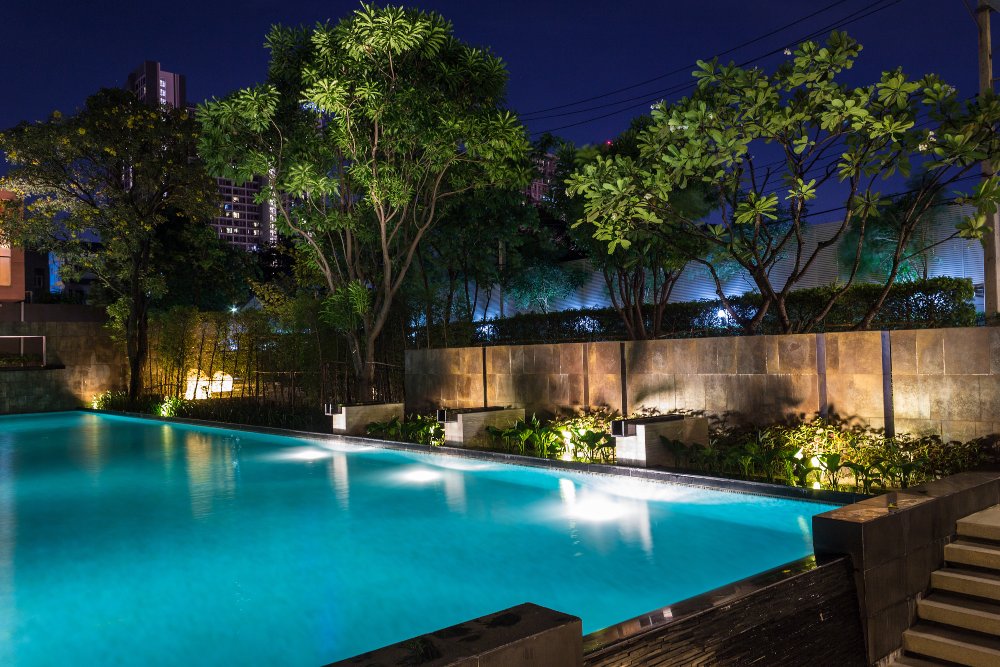
Industrial holiday lighting is manufactured using top-quality UV additives, copper wire, glass, and plastic resin. Workers monitor each step of the process. Workers check that the wire string is straight and free of any kinks before forcing bulbs out of a circular table. After painting, the bulbs are inspected for quality. Finally, the completed string is tested by lighting it.
GE
When it comes to holiday lighting, GE is synonymous with tradition and innovation. Its products use the latest technology and the highest standards of quality. Its LED holiday light sets are color-changing and wirelessly controlled. This season, two out of every five holiday light strands will be LEDs.
Since 1963, GE engineers have been lighting the National Christmas Tree in Washington, D.C. The company’s first LED was developed by GE engineer Nick Holonyak, who later went on to develop the first red light-emitting diode. These new lights last 10 times longer than traditional Christmas lights and save up to 80% on energy.
GE’s involvement in the industry
GE is one of the largest suppliers of lighting products in the world. Its products include incandescent and fluorescent lights, LED lights, high-intensity discharge (HID) lamps, and tungsten-halogen lamps. The company also markets ballasts, batteries, and specialty lighting products. In addition to its lighting division, GE also markets plugs, switches, receptacles, wall plates, and cord sets.
GE is also investing in smart lighting. It plans to tap into the growing connected lighting market by selling energy-efficient LED bulbs. The company plans to use embedded technology and sensors to increase the efficiency of LED bulbs. The move could help offset GE’s sluggish LED bulb business.
Copper wire
Industrial holiday lighting wires are made of copper. Typically, a supplier will deliver large spools of wire. The manufacturer can then coat the wire with PVC plastic or purchase wire that has been coated. The PVC plastic coating contains additives that protect the wire from exposure to hot and cold temperatures. It is also resistant to UV rays from sunlight. After the wire has been coated, the manufacturer connects the wires to the bulb holders.
When choosing copper wire for your industrial holiday lighting, look for SPT-2. While both have the same amperage rating, they are made with thicker insulation. The thicker the insulation, the better, as it is more resistant to UV light.
PVC plastic coating
Industrial holiday lighting is a great way to add a festive touch to your property. This type of lighting is made from large spools of copper wire that manufacturers coat with a PVC plastic coating. Sometimes, manufacturers will buy wire that is already coated. Either way, the plastic coating protects the wire from extreme temperatures and UV rays. This type of lighting is also very durable, and can be left out in the elements without deterioration.
The wires of holiday lights are typically made from copper or aluminum spools that are coated with a PVC plastic coating. This coating prevents the wires from becoming discolored or damaged by hot or cold temperatures. In addition, the wiring is made using a twin-wire construction. One wire is cut to the length of the light string, while the other is molded with an end connector or wall plug. The bulb holders are then connected to the wires with copper metal contacts.
Cost of installation
There are several factors that will determine the price of an industrial holiday lighting installation. First, the size of your building will determine the costs. A small ranch home may only cost $120 to install the lights, while a multi-story home may cost as much as $1,000. Next, consider the number of strands you will need. The more strands you need, the higher the cost, and the more labor it will take to install them. The labor cost will increase as well, if there are any difficult areas to reach. This can add another $150 to $1,200 to the cost, since special equipment will be needed for this work, such as an extended height ladder.
Once you have a rough idea of how much you’ll have to pay, you can start comparing costs for different companies. Some of these companies are extremely cheap, while others charge thousands of dollars for the most elaborate lighting installations. Make sure that you’re working with a company that’s on your same page with you.

